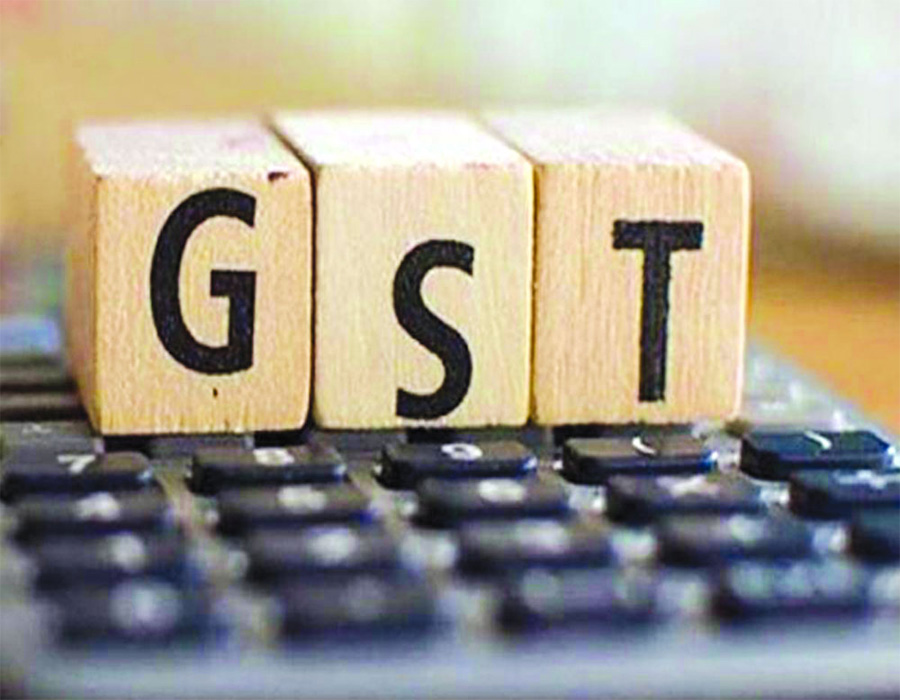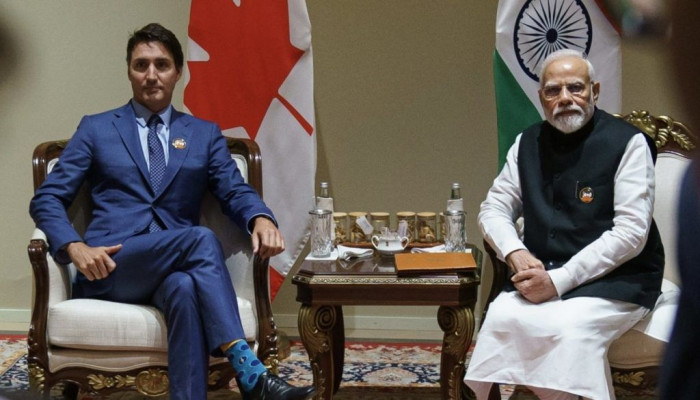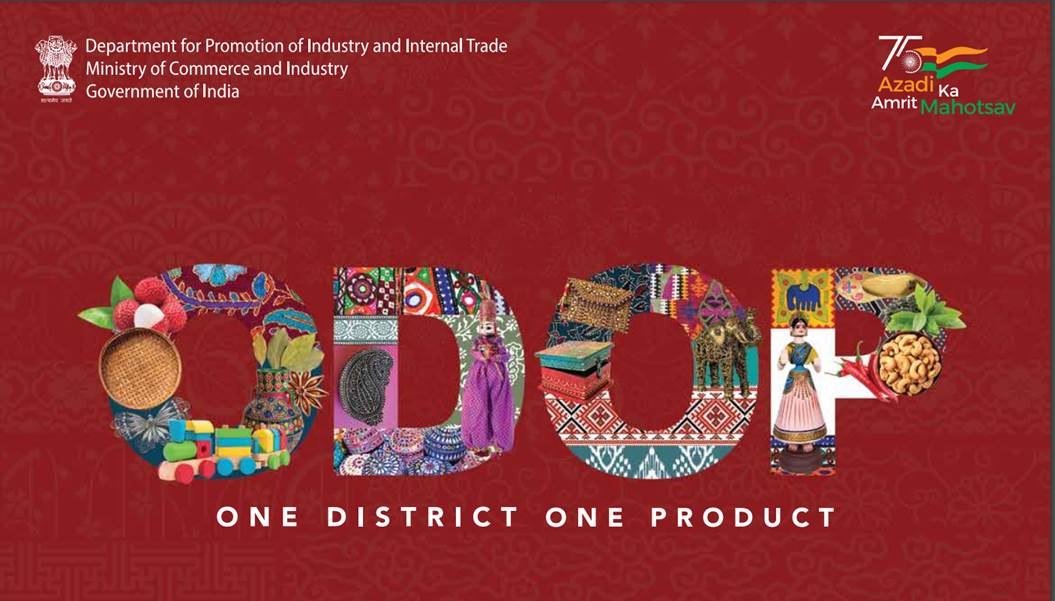Goods and Services Tax rates can come down only when the rate of compliance improves for this grand tax reform
The Narendra Modi-led Union Government is cracking the whip on tax evaders in the country to ramp up Goods and Services Tax (GST) collections. Nationwide raids by the Directorate-General of GST Intelligence unearthed 4,586 fake entities registered under the GST regime. Countrywide 132 people were arrested in 1,430 cases related to illegally availing or passing on of bogus Input Tax Credit. Plus, more than six months’ default in filing monthly tax returns led to the cancellation of GST registrations of 1,63,042 entities.
Tax evasion in the country is rampant and strong anti-evasion measures are needed as GST collections are way below expectation and potential. This is at a time when the economy of the nation, which was already in the red, has taken a crippling blow due to the Coronavirus pandemic. The Government, which is trying to combat the pandemic, needs all the money that it can garner to keep the anti-COVID momentum going.
The Lok Sabha was informed in March that GST evasion of Rs 70,207 crore had been detected between July 2017 and January this year, of which Rs 34,591 crore had been recovered. The Directorate-General of Analytics and Risk Management has identified over 12,900 business entities suspected of availing Input Tax Credit since July 2017 through bogus invoices worth over Rs 1,00,000 crore till March this year.
Collection from taxes subsumed in the GST was about six per cent of the Gross Domestic Product (GDP) in 2016-17. In contrast, the GST collections to GDP ratio was 6.25 per cent in 2018-19 and six per cent in 2019-20. GST collections were about Rs 7,40,650 crore in 2017-18, Rs 11,77,370 crore in 2018-19 and Rs 12,22,131 crore in 2019-20.
GST collections were about Rs 32,000 crore and Rs 62,000 crore during April and May. The next four months saw an average collection of Rs 90,000 crore per month, which improved to Rs 1,05,000 crore per month in the last two months, showing a robust recovery.
If the GDP at factor cost (proxy for the total base of indirect taxes) is assumed to be Rs 160 lakh crore and 60 per cent of this GDP pays an average GST of 15 per cent, the GST revenue should be Rs 1,20,000 crore per month. Obviously, at the moment, the GST revenue is below expectations and its potential.
The Centre and State Governments across the country are taking steps to overcome resistance to formalisation and digitalisation, rationalisation of GST rates and curbing tax evasion through claims of fake or excess Input Tax Credits, misinvoicing or undocumented sales. The GST system includes certain checks on tax evasion like mandatory audits, matching of returns, E-Way Bills, reverse charge mechanism and invoice matching. These are being gradually introduced. To check the practice of setting up shell firms for fraud, the Government has mandated Aadhaar authentication for GST registration. The GST law permits deemed registration 21 days after an application is filed. Authorities will now physically inspect and verify entities obtaining deemed GST registration without Aadhaar.
Ever since the Economic Administration Reforms Commission, chaired by LK Jha in 1984, highlighted how 80 per cent of Excise manpower then guarded gates of low revenue yielding factories, tax administration in India has been moving away from physical controls to self-assessment. However, the truth is that a trust-based tax assessment system is effective only when there is the deterrence of test checks and fear of penal action on detection of breach of faith in test checks.
Otherwise, the tax system will be no different than managing the collection boxes placed in religious places. Since tax inspectors no longer guard gates of factories and godowns the E-Way Bills system was rolled out in April 2018 to track the movement of taxable goods. This also reduces Income Tax evasion by transporters as they need to get registered. Capturing the vehicle registration numbers into a trackable IT system, the E-Way Bills and the FASTag system help check other malpractices. For instance, in the Bihar fodder scam, the Comptroller and Auditor General (CAG) detected that certain vehicles supposedly used for fodder transport were actually registered two-wheelers, proving fake procurement.
Officials have found lakhs of E-Way Bills being cancelled within a few hours, indicating undocumented delivery to intra-city or nearby destinations or multiple trips being made against a single E-Way Bill to transport excess undeclared goods. To curb misuse, E-Way Bills are now being integrated with the FASTag system being used for electronic collection of tolls on National Highways and the Vahan database, too.
There have been instances where unscrupulous dealers have used fake invoices for inputs not received to claim undue Input Tax Credit. Such invoices don’t have any corresponding supply of goods/services or not to the full extent and do not involve actual payment of GST on them. This practice also leads to defrauding of banks by exaggerating turnovers and money laundering.
The July 2019 CAG report on GST, expressed concern over the continuing delay in the full invoice matching system which has made the system prone to Input Tax Credit frauds. The system was intended to be designed based on 100 per cent invoice-matching to ensure system-verified Input Tax Credit, correct settlement of the Integrated Goods and Services Tax and for minimising direct human interface with assessees. After full automation is adopted by taxpayers, even “assessment” as understood in the manual system may no longer be necessary. The tax returns can be generated by a system that matches invoices.
Tax evasion can be detected by applying analytical tools and Artificial Intelligence to the massive data that crores of invoices generate. In fact, the GST system should reach the same maturity in terms of providing visibility of Input Tax Credit as is now available for verification and tracing of TDS/TCS credits by Income Tax assesses.
One common problem, especially for small businesses, is that the GST system is not designed to distinguish a sale on full upfront payment and a sale on credit and a sale on Equated Monthly Installments. Why force a seller to pay GST even before he gets paid for the supplies? Even allowing quarterly filing of GST returns with monthly payments does not address this problem.
Small businesses selling to big buyers, including governments and Public Sector Undertakings, routinely face payment delays though some progress has been made recently. It would be desirable if in a GST2.0 upgrade, a receipt-based GST system can be implemented where the GST would be payable to the Treasury only on receipt of full or pro rata payment for the supplied goods/services. One theoretical option to implement this, at least for small businesses, could be to allow them to opt for Cash Accounting rather than Accrual Accounting. However, that will create problems when they grow and have to leave the small business tag. A better option will be to introduce payment tracking, whose benefits will go beyond the GST sphere in checking defaults and delinquencies.
It is a creditable achievement that the number of registered businesses under taxes subsumed in the GST has increased from 72 lakh to 1.28 crore, despite significant de-registrations due to increased thresholds for registration and voluntary deregistration by some Central Excise-exempt units located in the Himalayan/ North Eastern States whose business became unviable under the destination-based GST. Some 82 lakh registered sellers filed detailed returns for November and over 20 lakh GST taxpayers opting for the Composition Scheme are exempt from filing detailed returns. As a taxpayer facilitation measure, almost 94 lakh small GST taxpayers are now allowed quarterly filing of return with monthly payment.
The GST rate rationalisation is also on course. Almost 99 per cent of all commodities are now taxed with GST at the rate of 18 per cent or lower. Consumers tend to compare GST rates with erstwhile Sales Tax/Value Added Tax (VAT) rate not realising the basic fact that the GST subsumes Central Excise which has been hidden in the price of products on which VAT was applied. When the invisible Central Excise and other taxes are subsumed in the visible GST, it is bound to be seen higher than VAT.
For instance, the pre-GST taxation of goods was a typical standard VAT at the rate of 14.5 per cent, Central Excise at the rate of 12.5 per cent and CST at the rate of four per cent. With the cascading effect of tax on tax, the total levy paid by the end consumer was over 30 per cent. Inclusion of petroleum products in GST, if necessary by adjusting non-GST taxes like Customs duty, allowing Input Tax Credit across full value addition chains, further lowering of rates with continuing strict action against tax frauds can make GST more acceptable and yield more revenues.
Digitalisation and formalisation of businesses poses some short-term costs and hassles, but it is inevitable and it alone holds the promise of giving long-awaited justice to the overtaxed. GST rates can come down when compliance improves for this grand tax reform.
(The writer is former Special Secretary, Ministry of Commerce and Industry)








 OpinionExpress.In
OpinionExpress.In















Comments (0)